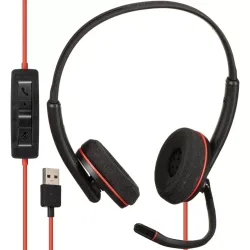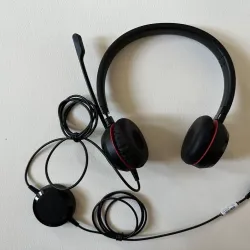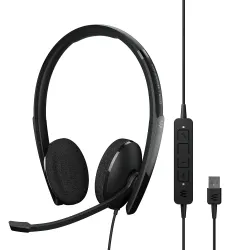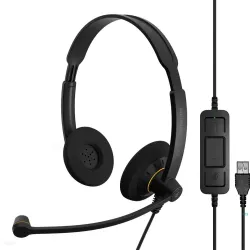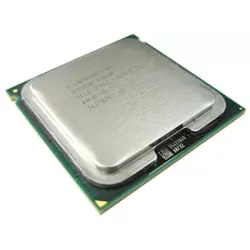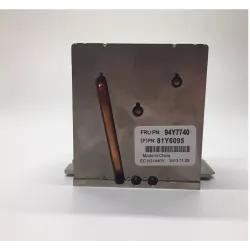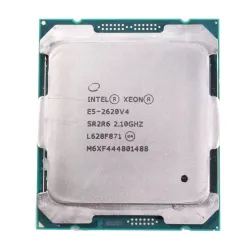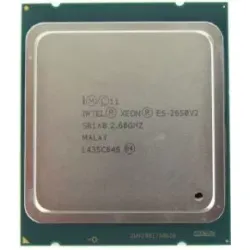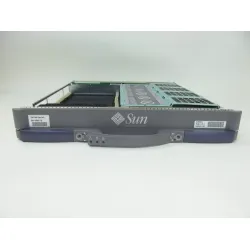Benefits and Future of Cpu/Memory uni board
What is a Cpu/Memory uni board?
A"uni board" could refer to a single board computer (SBC) or a development board that is designed for use in embedded systems or other specialized applications. These boards typically include a CPU, RAM, storage, and other necessary components all on a single circuit board. However, I am not aware of any specific product or technology called a "Memory Uni board.
The Benefits of Cpu/Memory uni board
As I mentioned earlier, I'm not familiar with the specific term "Memory Uni board," but I can talk about the general benefits of single board computers (SBCs) or development boards that are designed for use in embedded systems or other specialized applications.
Compact size:
These boards typically have a small form factor, making them easy to integrate into compact devices or embedded systems.
Cost-effective:
Compared to traditional desktop computers or servers, SBCs are often less expensive, making them a good choice for projects with tight budgets.
Low power consumption:
SBCs typically use less power than traditional computers or servers, making them well-suited for applications that require low power consumption, such as battery-powered devices or those that need to run 24/7.
Customizability:
Many SBCs or development boards are designed to be highly customizable, allowing developers to add or remove features as needed for their specific application.
Wide range of I/O options:
SBCs typically offer a wide range of input/output (I/O) options, including Ethernet, USB, serial, and GPIO, making them well-suited for a variety of applications.
Overall, the benefits of using an SBC or development board depend on the specific application and requirements of the project.
The Future of Cpu/Memory uni board
As mentioned earlier, "Memory Uni board" is not a widely known or established term in the computer hardware industry, so it is difficult to make predictions about its future. However, I can discuss the general trends and potential future developments in the field of single-board computers (SBCs) or development boards.
Increased processing power:
SBCs are becoming more powerful with each new generation of CPUs and GPUs. As this trend continues, we can expect to see SBCs with even greater processing power that can handle increasingly complex applications.
Enhanced connectivity:
As more and more devices become connected to the internet of things (IoT), there will be an increasing need for SBCs with enhanced connectivity options. This includes support for wireless connectivity options like Wi-Fi and Bluetooth, as well as wired options like Ethernet.
Improved memory options:
As applications become more complex and require more memory, we can expect to see SBCs with larger amounts of RAM and storage.
AI and Machine Learning:
The trend of Artificial Intelligence (AI) and Machine Learning (ML) is rapidly growing, and SBCs are becoming more powerful and efficient in running ML models. Future development boards may focus on providing built-in AI acceleration and support for running ML models.
Customization and Modularization:
SBCs and development boards may become increasingly modular, allowing developers to choose the exact components they need for their specific applications. This could lead to greater flexibility and cost savings.
Overall, the future of SBCs and development boards is likely to involve increased processing power, enhanced connectivity options, improved memory, and support for emerging technologies such as AI and machine learning.
A Comprehensive Guide to Overclocking Your Cpu/Memory uni board
As previously mentioned, "Memory Uni board" is not a widely known term, so I will provide a general guide on how to overclock a memory module on a computer. Please note that overclocking can potentially damage your hardware and void your warranty, so proceed at your own risk.
Check your hardware compatibility:
Before attempting to overclock your memory module, make sure your hardware is compatible with overclocking. You can check your motherboard manual or manufacturer's website to see if it supports overclocking.
Download overclocking software:
There are many different software options available for overclocking your memory module, including popular options like MSI Afterburner and Intel Extreme Tuning Utility. Download and install the software that is compatible with your hardware.
Adjust memory frequency:
Open your overclocking software and find the option to adjust the memory frequency. Increase the frequency by a small amount, usually in increments of 100 MHz.
Test stability:
After adjusting the frequency, test your system for stability using stress-testing software like Prime95 or MemTest86. If your system crashes or experiences errors, decrease the frequency until it becomes stable.
Adjust memory timings:
Once you have found a stable frequency, you can adjust the memory timings to improve performance. Lowering the timings can improve performance, but can also decrease stability. Test your system for stability after adjusting timings.
Monitor temperatures:
Overclocking can increase the temperature of your hardware, which can potentially damage it. Use hardware monitoring software to keep an eye on your temperatures and make sure they remain within safe limits.
Save settings:
Once you have found a stable overclock, save your settings in the overclocking software so that they are applied automatically on startup.
Remember to proceed with caution when overclocking and make sure your hardware is compatible with the process. Overclocking can potentially damage your hardware, so it's important to monitor temperatures and test for stability to ensure a safe and stable overclock.
A CPU/Memory Uni board is a type of single-board computer that integrates a central processing unit (CPU) and memory onto a single board. These boards are designed to be small and low-power, making them suitable for a variety of applications where space and energy efficiency are important. They typically feature a range of I/O options and are often used for embedded computing, robotics, IoT devices, and other projects that require a small and efficient computer.
CPU/Memory Uni boards are versatile single-board computers that have a wide range of uses. These boards integrate a CPU and memory onto a single board, making them small, efficient, and cost-effective. They can be used in embedded computing applications such as robotics, automation, and control systems, as well as for building Internet of Things (IoT) devices like smart home appliances and environmental sensors. CPU/Memory Uni boards are also popular for educational purposes, such as teaching programming and electronics. Additionally, Uni boards can be used to build media centers for streaming movies, music, and other content. They can also be used to create home automation systems, controlling everything from lighting and temperature to security and entertainment. Because of their small size and low power consumption, CPU/Memory Uni boards are an ideal solution for many different projects and applications.
CPU/Memory Uni boards are used because they offer a small, efficient, and cost-effective way to integrate a CPU and memory onto a single board. They are designed for use in a variety of applications where space and energy efficiency are important, such as embedded computing, robotics, IoT devices, and media centers. Uni boards also offer a wide range of I/O options, making them versatile and able to meet the needs of many different projects and applications. Additionally, they are often used for educational purposes, teaching programming and electronics to students and hobbyists. Because of their small size and low power consumption, CPU/Memory Uni boards are an ideal solution for many different projects and applications.

